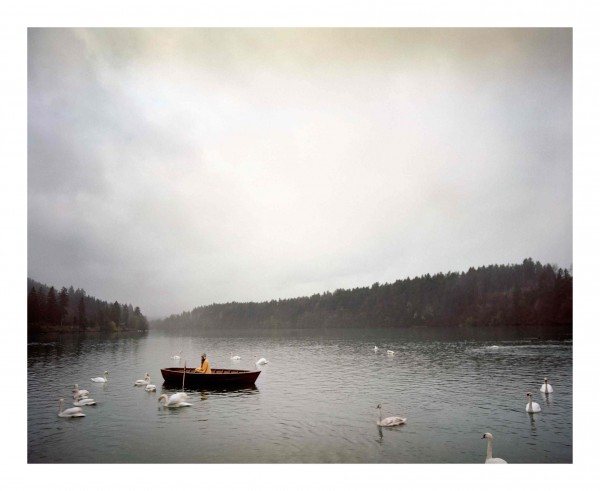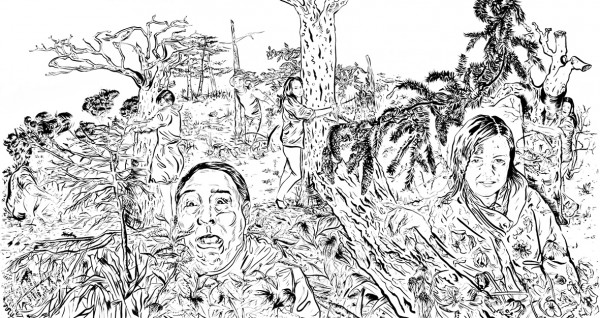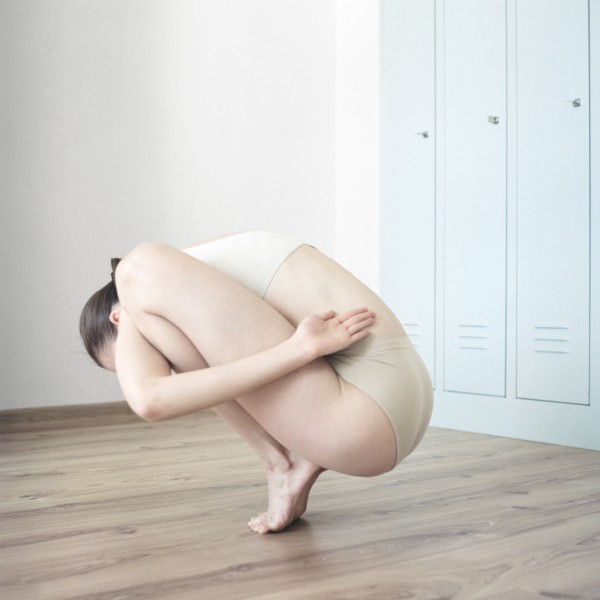The exhibition on the occasion of the 65th anniversary of the founding of the Academy of Fine Arts and Design in Bratislava is based on the confrontation of the historical view of the first academy of arts in Slovakia with a critical curatorial perspective of its contemporary form as a creative laboratory. Significant figures from several generations of artists and art theoreticians work at the Academy today. In addition, since 1990 the school has increasingly opened itself to the international art world. Instruction takes place in studios of painting, sculpture, graphic art, design, textiles, photography, new media and restoration.
The Department of Art Theory and History, which has been extended by the research center of art theoreticians and historians, has always been a significant part of the school. The phenomenon of the Academy of Fine Arts and Design cannot be considered only as a hatchery of talent, but also as their incubator and
specific creative laboratory with its own rules which must always be broken. At the same time, it is a space for long-term research, constant and demanding trials and from time to time invention.
This exhibition project is based on the academy’s mission as an important part of the cultural life and institutionalization of art. The fact that the exhibition will take place on the premises of an art museum which in addition to collection, presentation and publication functions also fulfills an educational function is significant. Its educational function is permanently reinforced on a local and international scale and its worth mentioning that participative and collaborative projects of artists based on the structures of the academy or anti-academy in contemporary art began with the neo-avant-garde of the 1960s and even more distinctively after 2000, and they are built on educational activities, lectures, workshops, seminars, etc.
The relationships between pedagogues and students, their mutual links, influences, confrontations and multilayered contexts, which are vitally manifested in the work of both sides, represent the focus of this exhibition. Through the curatorial selection from the history of individual academy departments we will demonstrate examples of the forming and developing of these relationships from the master and apprentice relationship up to partnership dialogue while using legendary examples of pedagogues and students.



